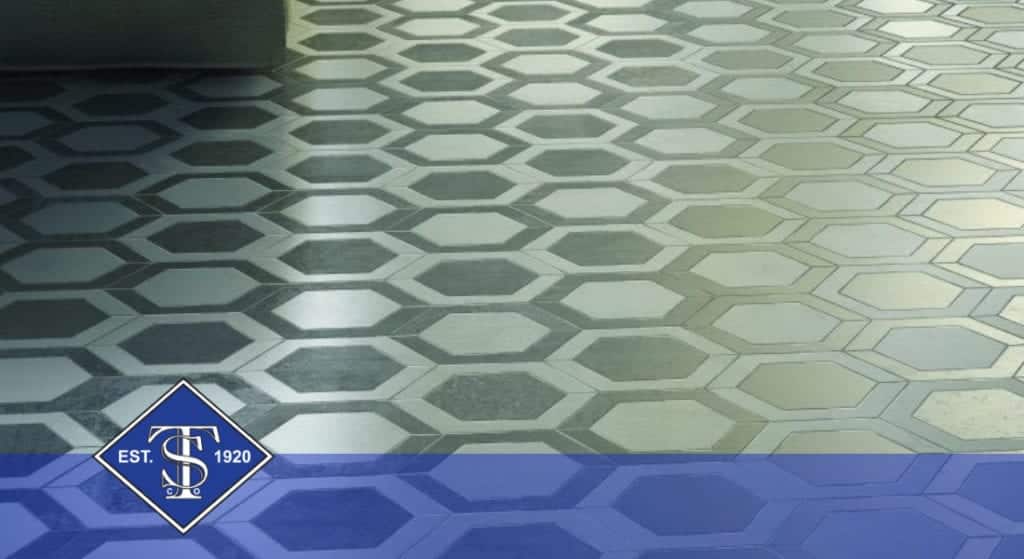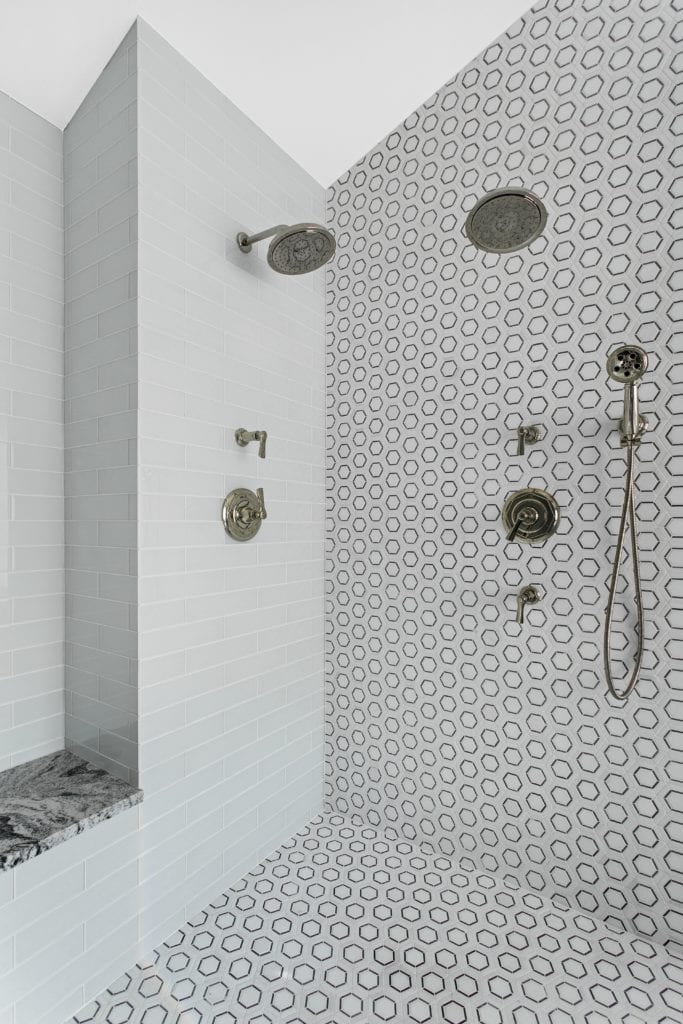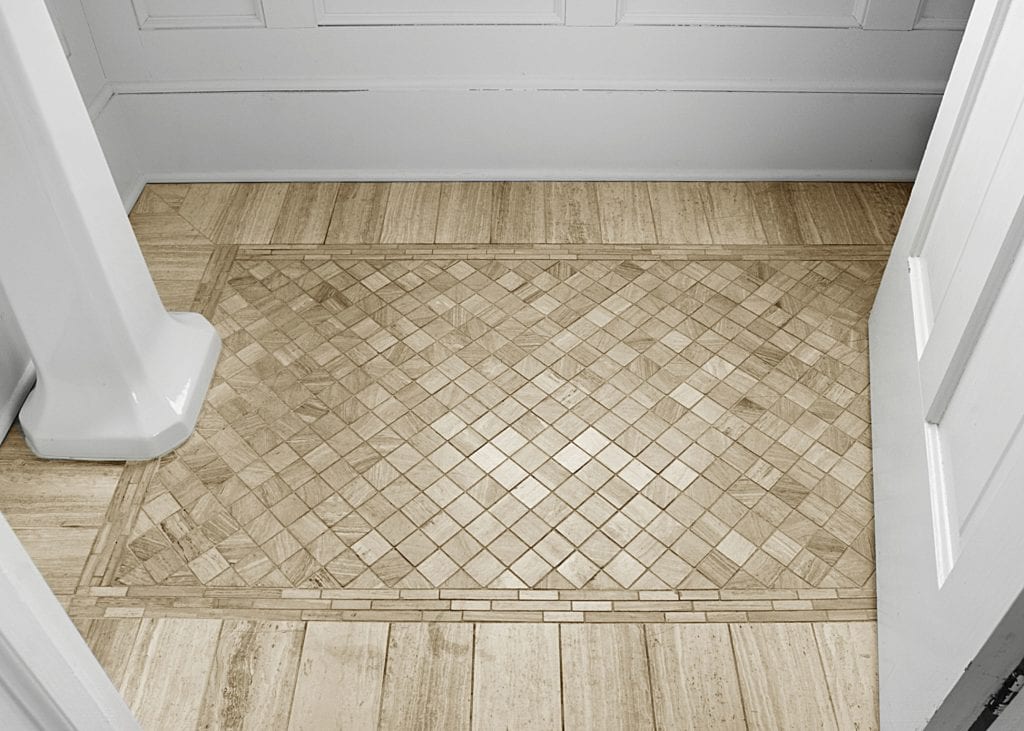
100 Years of Tiles: 1940 Tile Design
Share
The 1940s were the decade of focusing on the arrangement of tile instead of the cut and shape of the tile. Before this decade, homeowners were drawn to bright, decorative tile designs inspired by Art Deco. Many moved away from the previous decade and into an era of simple designs with bold colors made from ceramic tile. Some included simple geometric patterns and others desired mosaic designs.
Looking for 1940s style tile? Visit one of our 6 NJ locations:
Standard Tile In Jersey City NJ

Hexagonal Tile Patterns
Hexagonal tiles experienced a rise in popularity during the 1940s. Many homeowners and designers took advantage of their unique shape and found new, creative patterns across floors, bathrooms, kitchens, bedrooms and other spaces in the home. Many focused on creating simple, large patterns of hexagonal tiles in the same color and shade. Others who wanted to add a bit more flair would add contrasting tiles to create floral or geometric patterns. It would not be uncommon to see alternating black and white hexagonal tiles during the 1940s. While large hexagonal tiles were the most popular, some homeowners would include smaller hexagonal tiles to add depth to a tile pattern design. Typically, hexagonal tile patterns would have a framed border created from square or rectangular tiles.
Bordered Patterns
Many homeowners and designers started framing any and all tile patterns in thick or thin borders. It didn’t matter what tile shapes were included in the design; the design would always be outlined with square or rectangular tiles. Often times, square ties would be rotated to create a diamond. At the beginning of the decade, many of the borders would be more neutral tones. However, by the end of the decade, many started turning to jewel tones along with pink, blue and pastel colors. These colored borders would remain popular throughout the 1950s.

Checkerboard Patterns
The famous checkerboard tile design began in the 1920s and remained highly popular throughout the 1940s. It would be common to see a checkerboard pattern in bathrooms and kitchens in the 1940s. This pattern could also be seen on floor designs throughout living rooms, basements and bedrooms. Typically, checkerboard patterns would be created with black and white linoleum tiles. However, as the 1940s decade progressed, additional color schemes were used to create checkerboard designs that stood out. Contrasting colors would be used to keep the checkerboard look and feel in the design.
Block Random Patterns
Block random patterns are aptly named because they are rectangular and square tiles that are placed in no specific order to create a geometric pattern. The tiles range in size from large to small in order to create intricate details and unique patterns. Most of the early part of the decade included crisp, white tiles. The late 1940s saw an increase in production of different colors, many of which included jewel tones and pastels.
Mosaic Tiles
Mosaic tiles allowed designers and homeowners to have a wide range of creativity in their tile designs. Mosaic tile patterns were traditionally black and white when they were introduced in the 1920s. While the traditional patterns were still widely used in the 1940s, designers could create more intricate designers.
Takeaways
We experienced seen the historic 1940s tile patterns in person:
- Hexagonal and mosaic tiles were very popular
- Checkerboard and block random patterns were the most common
- It was popular to frame tiles with thick or thin borders in different colors
Feeling inspired by these vintage designs? Schedule an appointment to visit one of our showrooms today to see why Standard Tile has been a trusted resource for homeowners over the past 100 years.